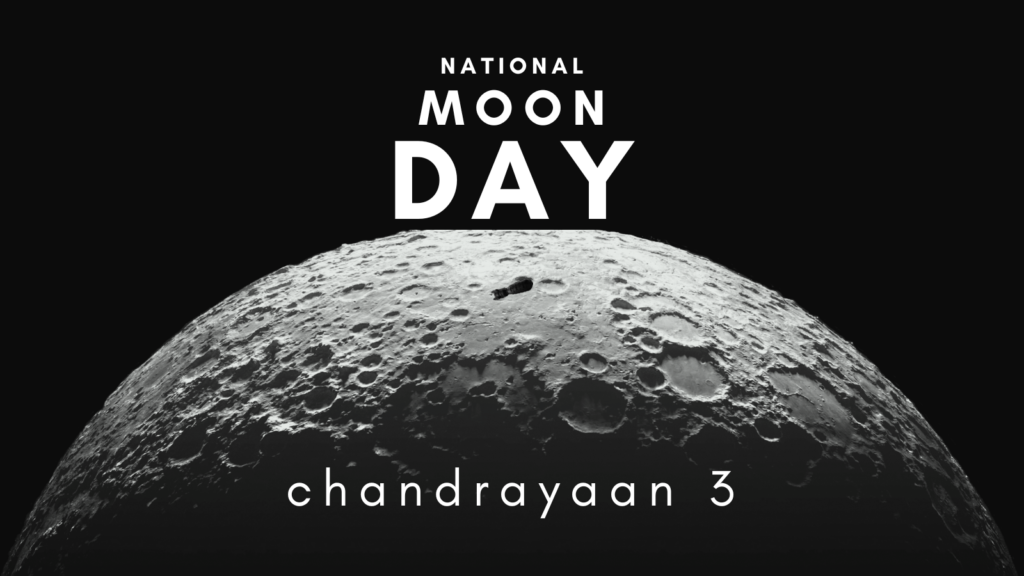The cosmos has always held an allure for humankind, sparking our curiosity and driving us to explore the mysteries that lie beyond our planet’s boundaries. In this pursuit, space agencies around the world have undertaken numerous missions to better understand the universe we inhabit. India, a rising star in the space exploration arena, has made significant strides with its Chandrayaan missions. Building on the successes of Chandrayaan-1 and Chandrayaan-2, the Indian Space Research Organisation (ISRO) is now gearing up for its next celestial endeavor – Chandrayaan-3.
Unveiling Chandrayaan-3: A Glimpse into the Future of Lunar Exploration
Chandrayaan-3 represents India’s continued commitment to lunar exploration, striving to uncover the moon’s secrets and enhance our understanding of its geology, topography, and potential resources. While Chandrayaan-1, launched in 2008, marked India’s first lunar mission and discovered water molecules on the moon’s surface, Chandrayaan-2, launched in 2019, aimed to make a soft landing on the moon’s south pole. Unfortunately, the lander Vikram lost communication during the descent, but the orbiter remains operational and continues to send valuable data back to Earth.
Chandrayaan-3, born out of the lessons learned from its predecessors, seeks to achieve a successful soft landing on the moon’s surface and conduct in-depth analyses to unravel the moon’s mysteries. It is a collaborative effort involving various departments and institutions within ISRO, pooling their expertise in propulsion, navigation, communication, and spacecraft design to ensure the mission’s success.
Key Objectives of Chandrayaan-3:
Successful Soft Landing: One of the primary goals of Chandrayaan-3 is to achieve a successful soft landing on the lunar surface. Learning from the setbacks of Chandrayaan-2, the mission aims to demonstrate India’s capability to precisely land on the moon and gather data from a new location.
Lunar Geology and Topography: The mission intends to study the moon’s geology and topography in greater detail. This knowledge can provide insights into the moon’s history, including its formation and evolution.
Resource Identification: Chandrayaan-3 will strive to identify potential resources on the moon, such as minerals and water ice. This information is invaluable for future lunar colonization and sustained exploration.
Technological Advancements: The mission also serves as a platform for testing and advancing new technologies. Chandrayaan-3 will employ innovative navigation, communication, and propulsion systems that could have broader applications in space exploration.
The Road Ahead: Challenges and Prospects
Embarking on a lunar mission, or any space mission for that matter, is fraught with challenges. The harsh space environment, communication latency, and the need for precise engineering all contribute to the complexity of such endeavors. However, India’s previous successes, including the Mars Orbiter Mission (Mangalyaan), stand as testaments to ISRO’s capability to overcome these challenges.
Chandrayaan-3 holds immense promise not only for India’s scientific community but also for the global scientific community. By sharing its findings and data with researchers worldwide, ISRO can contribute to a more comprehensive understanding of the moon and its significance in the broader context of space exploration.
In Conclusion: A Giant Leap for India’s Space Exploration
As India’s space exploration journey continues, Chandrayaan-3 represents a significant step forward. It symbolizes the nation’s determination to unravel the cosmos’ mysteries and its commitment to advancing space technology for peaceful purposes. The mission holds the potential to make groundbreaking discoveries, shape future space missions, and inspire generations of scientists, engineers, and dreamers.
In the grand tapestry of human achievement, Chandrayaan-3 is a shining thread, weaving India’s story into the fabric of cosmic exploration. As we await the mission’s launch and subsequent endeavors, we are reminded of the ceaseless human quest to explore the unknown and push the boundaries of our understanding, one space mission at a time.


